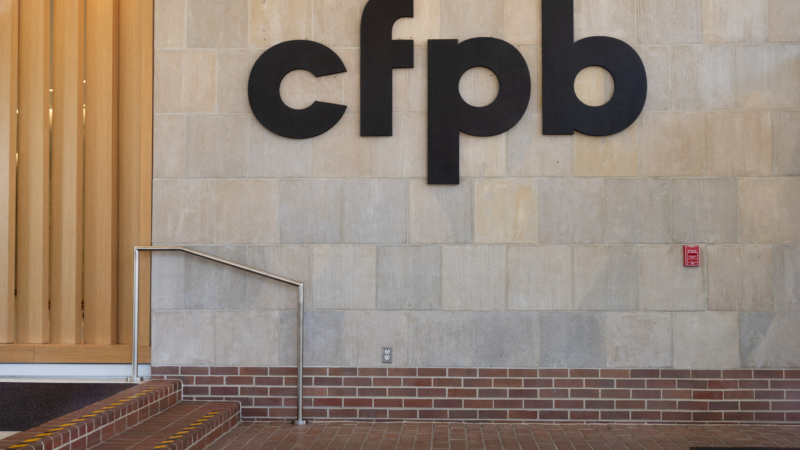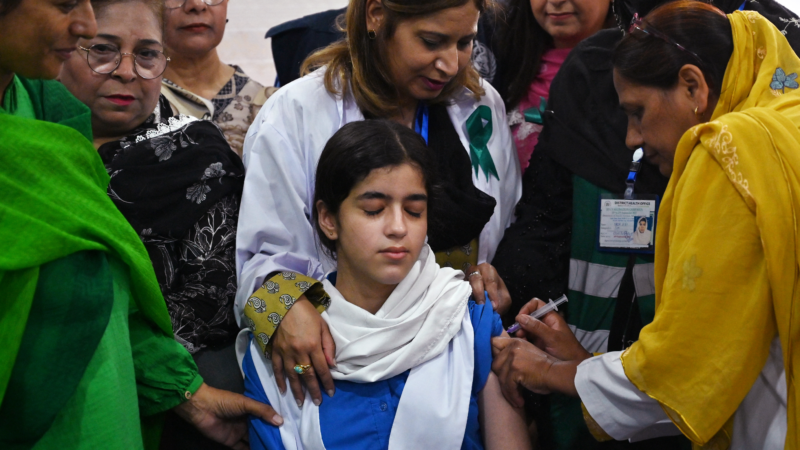Philanthropy: Transfer of Wealth
We pass the plate in worship, volunteer at community schools, respond to national crises like 9-11, attend special events to fund medical research, pledge to public radio, support amateur athletics, attend the orchestra, or give our time and money to any number of the other thousands of new non-profits that sprout up each year. Never before have we given so much and never before could so much be at stake because, the experts tell us, we’re on the cusp of a massive transfer of wealth.
It’s estimated that in the next half century, somewhere between $41 to $136 trillion — that’s trillion dollars — will move from baby boomers parents to boomers to their own children. Just where it will eventually stick is a point of debate in the non-profit community. Some critics believe that boomers and their kids are more self-centered than the older generation — that they don’t harbor the same kind of socially-oriented motivations and so will be less likely to donate to charity. Doris Bardon has been a social activist throughout the eastern U.S. for most of her 80-some years. On this night, she’s attending a fundraiser for Stop! Children’s Cancer.
“Today’s young people are being raised to be receivers, not givers, in every sense of the word, so philanthropy would be the furthest thing from their minds or hearts. Just as being participatory citizens means nothing. They wouldn’t know what you are saying if you use those words.”
Howard Freeman founded Stop! Children’s Cancer after the death of his daughter Bonnie more than 20 years ago.
“It’s really sad when I see so many people who have the wherewithal to be philanthropists who opt not to do very much at all. And where it’s sad is two fold: one for the organization not to have received that money, but also for the individual because when people ask me why do I still do this after 20 years — I do it for Bonnie’s memory and other children in honor of that. And also, though, I get a wonderful feeling out of helping. It’s just, you cannot put a price tag on the feeling of, getting that feeling that maybe because of the money that I’ve helped raise, maybe some research was done that helped a child who I’ll never know, but yet it’s just that feeling of being part of this community. And it’s the community of people, no matter what race, religion they are, it’s helping all of us, we’re all a team together.”
That team may be growing, despite warnings that future generations could be stingier. The attacks on the World Trade Center and the Pentagon prompted donations of more than one billion dollars for relief efforts, a huge amount that may translate to future giving says Paul Schervish. He’s director of Boston College’s Social Welfare Research Institute and one of the lead researchers on the transfer of wealth.
“There is indication from several surveys that have been done in the wake of the events that there are people that have given for the first time and that these, in many cases, tend to be younger people who have not yet become givers because they are general unchurched or they don’t have children yet, but nevertheless have become acquainted with both seeing themselves as able to assist people in need and experienced the great gratifying rewards of doing so.”
Research shows that giving to charity even once greatly increases the chances of giving again. So many Alabama non-profits are beginning to retool their thinking to go after a younger audience. Hundreds of non-profit executives are networking at this week’s Non-Profit Summit in Birmingham. They’ve got a lot of weighty issues on their minds these days. A triple-whammy of sorts, a shaky economy, a state budget crisis that’s stripped many social service agencies of good chunks of their funding, and clients whose needs only grow in tough economic times. Sandy Killion of the Community Foundation of Greater Birmingham says while in the past non-profits have often focused their efforts on older donors, especially gray-haired women with thick checkbooks — forward-thinking non-profits are going to have to broaden their scope to stay afloat during volatile times.
“I always tell agencies to look at the new list of you know, ‘the top-40 under 40’, groups like that and start cultivating those people into their organizations too.”
In an effort to engage younger potential givers, some non-profits are starting to tap younger boomers and gen-Xers to be board members. But Birmingham-based consultants Karen Rolen and Tom Thompson says non-profits are having to re-think the way they use their boards in order to attract the younger set.
(Thompson) “The younger Gen-x people are not willing to go sit in a board meeting for an hour or an hour and a half and hear a bunch of reports and then leave. They want to do something. And so we think that nonprofits need to change the conduct of the board meeting to get rid of all the boring stuff off the meeting and make it a meaningful discussion about issues that are going to impact the lives of people.”
(Rolen) “If a young person knows that the organization they’re volunteering with and serving on the board is making a significant impact in the community they’re going to open up their wallets.”
Terry Hanson is equally optimistic. She’s worked for community foundations across the country, and is the mom of a teenage daughter. Hanson expects to see a lot more giving by boomers and even younger people.
“I think there’s a real spirituality boom going on. People are looking for some kind of connection to this world. They’re looking for some kind of significance for why they’re here and why do I have all this wealth and what am I supposed to do? How many homes do I need? How many boats do I need? You know, how many trips to Europe do I need to go on before they start saying, okay, now what?? The rise in drug abuse, alcoholism, divorces and so on in the latter part of the last century shows that you look at the people who’ve been most engaged in those activities and they’re usually the higher wealth individuals? Well if money brought you happiness then why is there the betty ford clinic?”
This “spirituality boom”, as Hanson calls, it is fueling the growth of a new kind of philanthropist, a highly-engaged giver who, some say, may push the envelope too far. Next time, we’ll learn more about these “venture philanthropists”.
Judge orders Trump administration to continue to seek funding for the CFPB
The order is the latest in a complex legal battle over the fate of the Consumer Financial Protection Bureau, a watchdog agency.
In a year of steep challenges, there were still shining moments in global health
The Trump administration's deep cuts in U.S. foreign health aid had a devastating impact. Yet there were achievements of note in spite of it all.
An escalation in Yemen threatens to reignite civil war and widen tensions in the Gulf
Saudi Arabia bombed Yemen's port city of Mukalla, targeting a shipment of weapons from the United Arab Emirates for separatist forces. The UAE later said it would withdraw its forces from Yemen.
What being around death taught this hospital chaplain about life
J.S. Park helps patients and their families cope with death every day as a hospital chaplain. He explains what to expect as a person is dying, and how to reckon with uncomfortable feelings about death.
Israel says it will bar aid groups, including Doctors Without Borders, from Gaza
Israel accused Doctors Without Borders, one of the largest health organizations operating in Gaza, of failing to clarify the roles of some staff that Israel accused of cooperation with militants.
China flexes blockade capabilities near Taiwan on second day of military drills
China's People's Liberation Army is staging a second day of large-scale military drills around Taiwan. It's unleashing live-fire exercises as part of what it calls "Justice Mission 2025."







